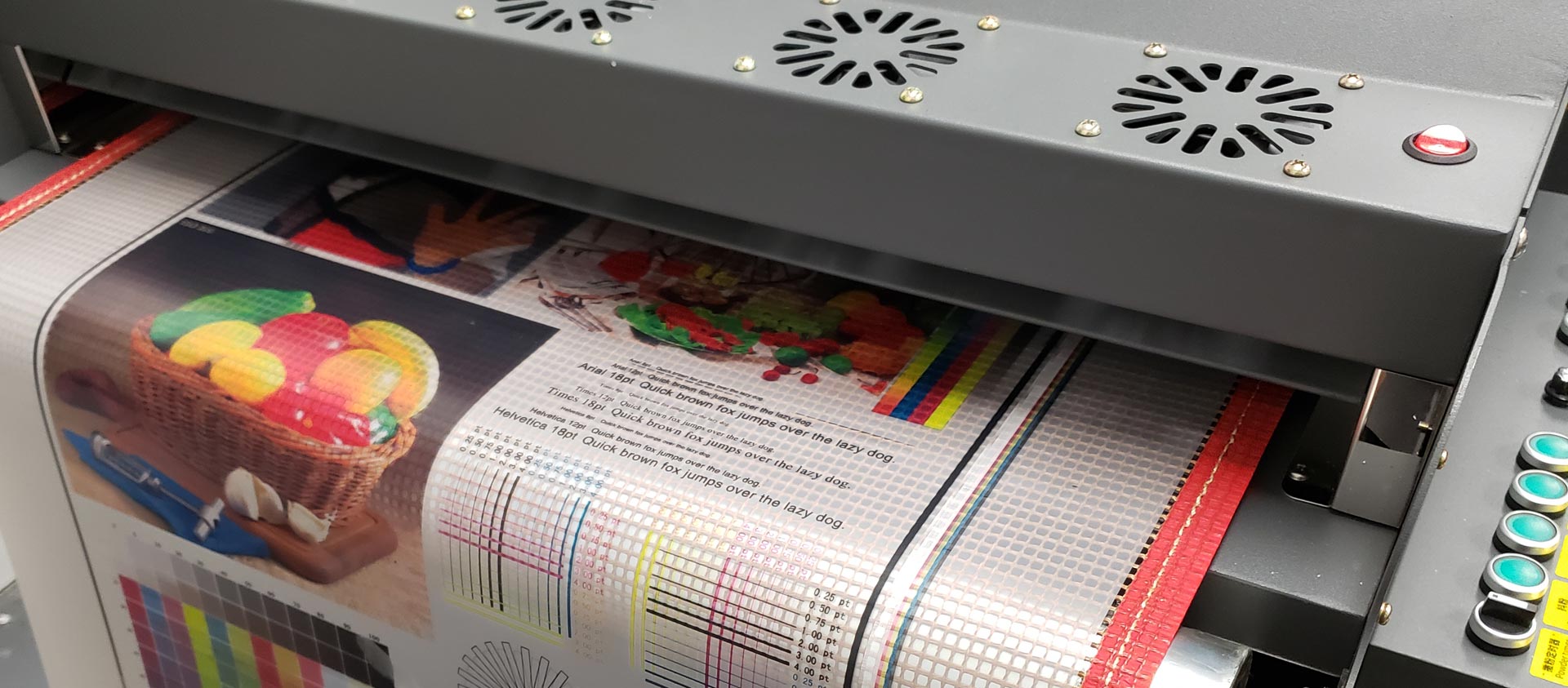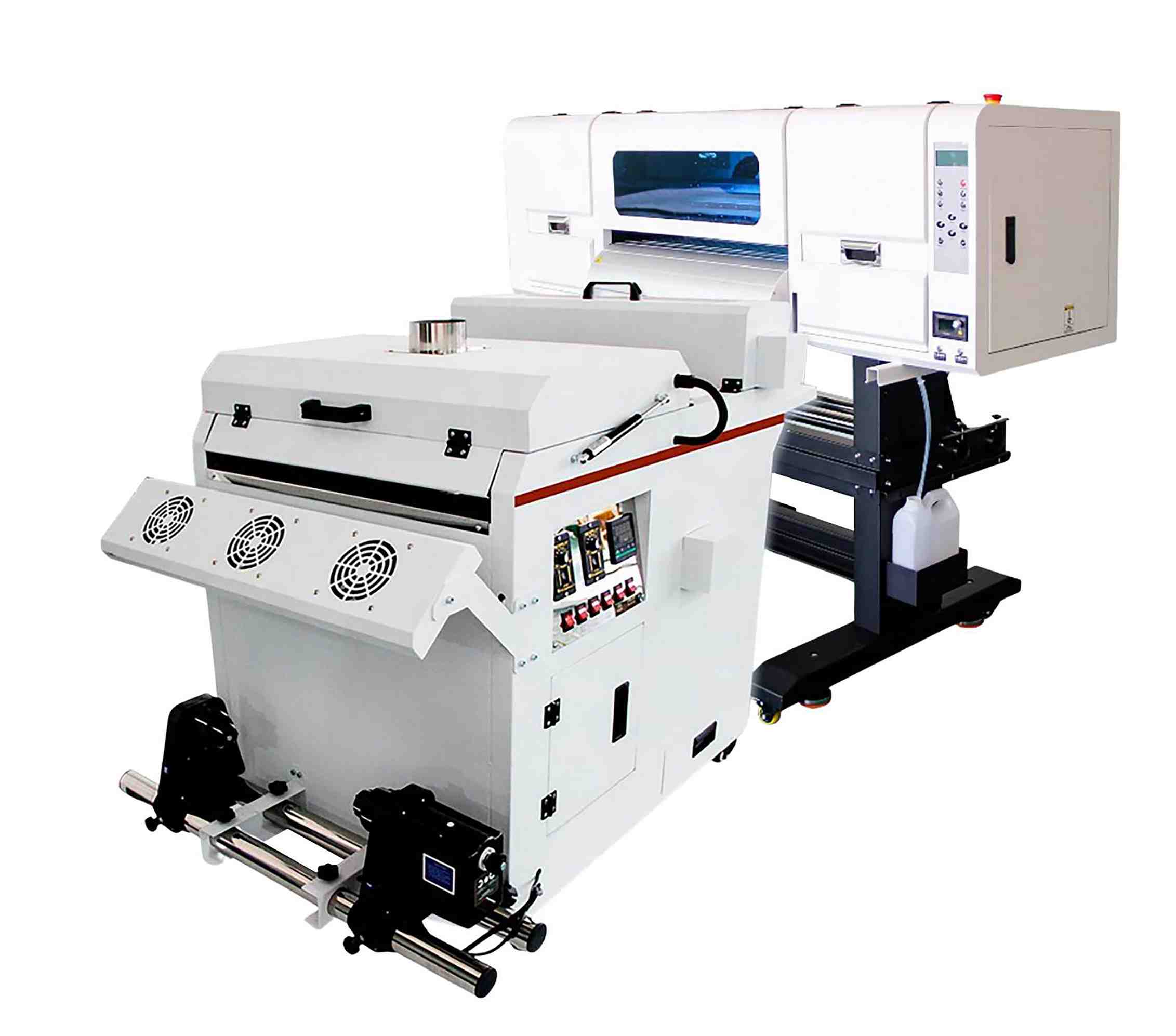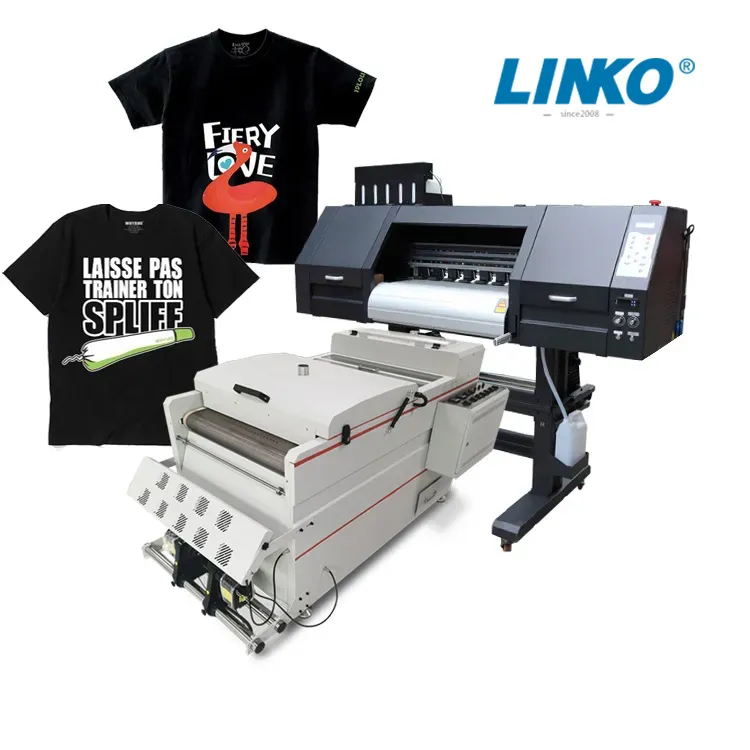Using the Power of DTF Printing: Strategies for High-Quality Textile Styles
Understanding DTF Printing: Tips and Techniques for Getting Vibrant and Resilient Prints
In the world of textile printing, accomplishing long lasting and dynamic prints is a sought after ability that can boost the quality of your outcome. From picking the appropriate materials to adjust print setups and improving post-printing completing strategies, there are many factors that can influence the outcome of your prints.

DTF Printing Essentials
For those brand-new to the world of textile printing, understanding the fundamentals of DTF printing is important to mastering this ingenious technique. Direct to Movie (DTF) printing is a modern method that involves moving layouts from a special film onto different fabrics making use of a warm press. Unlike traditional methods like display printing, DTF provides benefits such as lively colors, detailed describing, and the capacity to print on varied materials like cotton, polyester, and blends.
The procedure starts by printing the style on a special DTF film utilizing a suitable printer with CMYK or CMYKW ink sets. As soon as the design is published, it is after that healed with a warm press to create a sturdy and durable print. DTF printing is understood for its capability to reproduce complex styles with high precision and shade precision, making it a preferred option for companies aiming to create personalized clothing, advertising products, and more.
Selecting the Right Materials

The adhesive powder acts as a bonding representative between the printed style and the fabric, so it should have strong adhesion homes to ensure a resilient and durable transfer. By thoroughly picking the appropriate materials for DTF printing, printers can boost the top quality, vibrancy, and durability of their prints.
Enhancing Print Settings
When intending to attain the best outcomes in DTF printing, meticulous focus to optimizing print setups is essential for ensuring high-grade and specific transfers onto fabrics. One crucial aspect to think about when enhancing print settings is the resolution.
One more important setup to enhance is the print speed. Locating the right balance in between rate and quality is vital. While enhancing the speed can enhance efficiency, it might jeopardize the final print's clarity and shade saturation. Try out various rates and observing the outcomes can aid establish the ideal setup for each print task - DTF Printing.
Moreover, make improvements shade profiles and ensuring appropriate shade administration are crucial for achieving accurate and regular colors across different navigate here prints. By calibrating shade setups and profiles, printers can minimize shade inconsistencies and generate consistent outcomes, boosting the general print top quality and consumer complete satisfaction.
Preparing Art Work for DTF Printing
Transform the art work to CMYK color setting to guarantee that the shades convert properly from display to print. Bear in mind to mirror the final layout prior to publishing to guarantee that it moves correctly onto the garment. By following these steps and paying close focus to the details, you can prepare art work that is maximized for resilient and vibrant DTF prints.
Post-Printing Finishing Strategies
Executing efficient post-printing completing methods is important to improving the longevity and aesthetic appeal of DTF prints on fabrics. As soon as the printing procedure is full, applying warm to the published layout is crucial (DTF Printing). Heat not only help in treating the ink however additionally guarantees that the colors are vibrant and resilient. A heat press device evaluated the recommended temperature and stress settings can aid accomplish optimum outcomes.
After heat pressing, peeling the family pet movie carefully is an essential step. This process needs to be done slowly and progressively to avoid any damages to the print. As soon as the movie is removed, the print may call for added healing time to even more set the ink right into the fabric. This action helps improve the washability and durability of the print, guaranteeing it can endure several laundry cycles without fading or splitting.
In addition, trimming any excess film around the design can offer the final print a tidy and expert look. Putting in the time to properly complete DTF prints post-printing can significantly impact the general top quality and longevity of the textile style.

Verdict
To conclude, grasping DTF printing calls for a thorough understanding of the fundamentals, choosing proper products, maximizing print setups, preparing artwork effectively, and using look these up post-printing completing methods. By adhering to these pointers and methods, one can achieve durable and vibrant prints that meet their desired quality standards. Consistent practice and focus to information are essential in achieving successful outcomes in DTF printing.
From selecting the right materials to adjust print settings and developing post-printing completing strategies, there are various factors that can affect the result of your prints. Unlike standard methods like screen printing, DTF supplies advantages such as vibrant shades, complex describing, and the capability to print on varied products like cotton, polyester, and blends.
As soon as the style is published, it is after that cured with a heat press to develop a lasting and long lasting print.When intending to accomplish the finest results in DTF printing, meticulous focus to enhancing print setups is critical for making certain exact and premium transfers onto fabrics.In conclusion, understanding DTF printing needs a thorough understanding of the basics, selecting ideal materials, maximizing print settings, preparing art work efficiently, and making use of post-printing click now completing strategies.